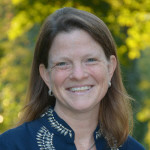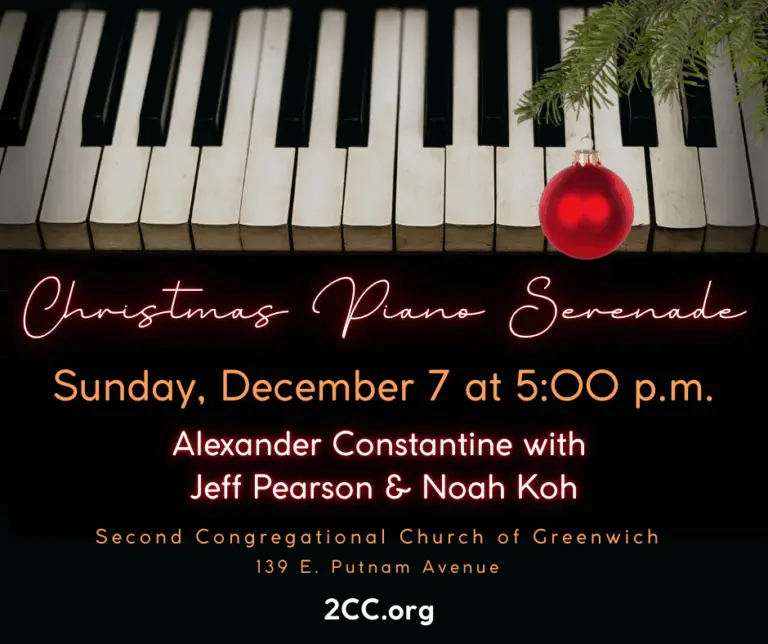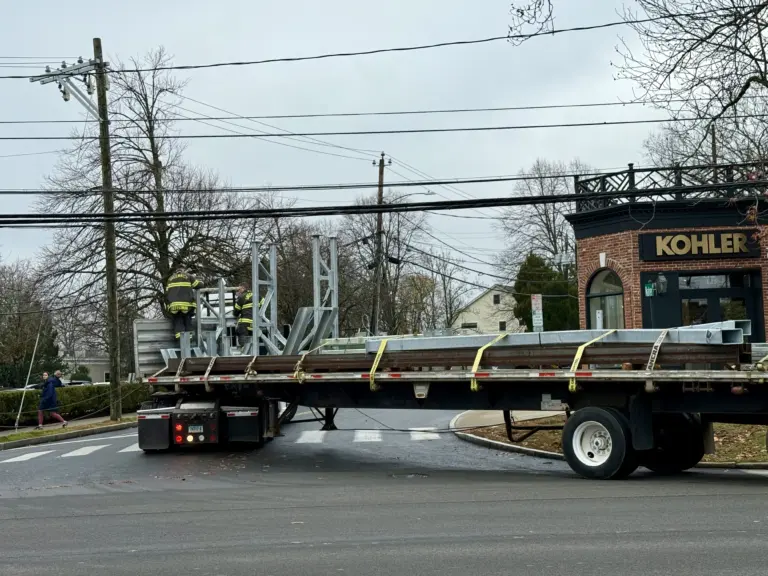

By: Connie Blunden
This article is part of a series exploring the principles of nonviolence as understood and explained by the Rev. Dr. Martin Luther King, Jr. The principles provide wisdom and guidance for creating a more equitable and peaceful world.
Have you ever helped to build a house? It’s an incredible experience to build a physical structure while also building a community. For years I took high school students to volunteer with Habitat for Humanity and the Oglala Sioux Tribe Partnership for Housing. We volunteered across the country: Connecticut, New Mexico, Colorado, Louisiana and South Dakota. Although the building materials varied, appropriately, by region (in New Mexico and Colorado homes were built using adobe brick) the shared value in every community was that safe and affordable housing should be accessible to everyone.
“What are we going to be doing?” I could never answer that question, in advance. Sometimes we would arrive in the earliest stages of construction, sometimes the homes were nearly completed. We had to be ready to perform whatever tasks were necessary and most needed.
On one trip we were asked to help install the flooring joists of a house. In basic terms we were laying the horizontal wooden supports on which the floors would rest. We began with only the cement footings and wooden posts to which the joists would be attached. On another trip we learned how to frame the walls of a house. With the help of experienced carpenters we were taught how to find the crown of each beam and how to measure each stud correctly to avoid any issues installing the dry wall later on. We also learned that some beams are called “load bearing” and function by distributing the weight of the materials throughout the structure. Load bearing beams offer active support and structural stability to the framework. Remove the load bearing beams and the structural integrity, the framework of the house, is in jeopardy.
Frameworks are essential. The framework for a home establishes the guiding structure for future work, and is an anchor to the foundation of a building. This way, the vision can be transformed to a plan that achieves a goal.
The vision we have for our communities and world is also a framework. For example, in schools across the country teachers begin the year by having students create classroom norms based on shared values. This helps students agree on how the group will function together throughout the year. Institutions have shared values that get expressed as shared agreements too, in the form of handbooks and manuals. If our behavior reflects our shared values then the vision becomes real.
The Civil Rights Movement was founded on a framework of nonviolence. Dr. King and many other leaders of the movement asked all activists to accept the second principle of nonviolence: The Beloved Community is the framework for the future. The word “beloved” means dearly loved: the Beloved Community is a society in which the sacred humanity of each person is honored and respected. The Beloved Community is constructive because it is predicated on a foundation that builds relationships that will help us come together in reconciliation of past injustice. A reconciled world will be characterized by unity, justice and the full actualization of each person’s human potential. When this happens, at every level of society, then we have achieved this goal.
At the end of every trip with my students I noticed how much we had accomplished during the week. We noticed where we began and where we ended, and we knew another group of students or volunteers would come and pick up the same hammers and paint brushes and continue from the point of our completion. It was rewarding to know that the house would be built based on the efforts of many. We, too, can pick up the tools that Dr. King, Ella Baker, John Lewis, C.T. Vivian and so many others left for us and use them to continue to build the world that embodies our shared values and shared humanity.




